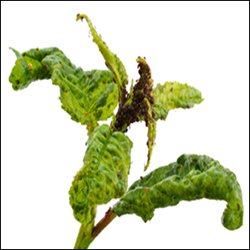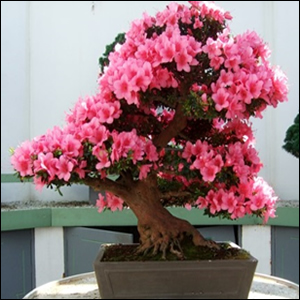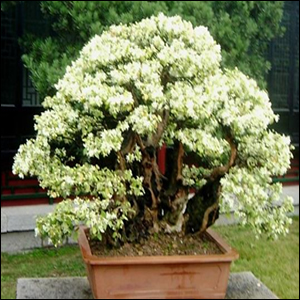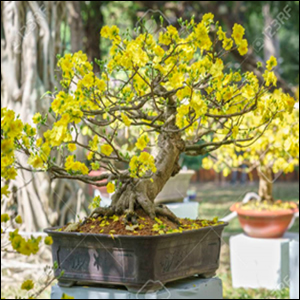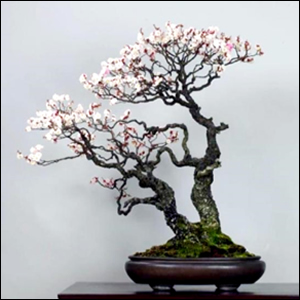Maintenance in Spring
Spring Months
As soon as the spring starts you can remove your trees from their winter quarters and place them outside, but be alert to protect new growth if there are late frosts.
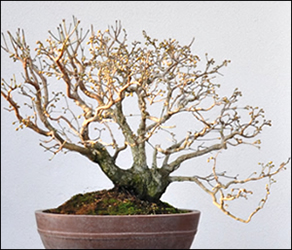
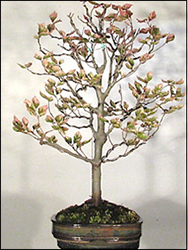
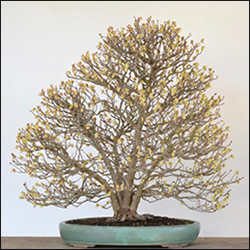
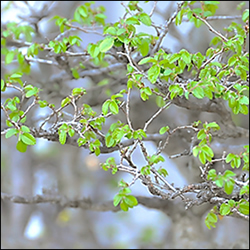
March
Repotting deciduous trees can be done now, but be sure that the early starters, such as the elm and some maples, have not yet shown signs of opening buds. Most trees can be left unprotected now, unless freezing winter temperatures are still continuing; any insulating materials used can be removed in late March. Most pine trees can still be repotted until late March.
April
Trees are now growing; a few species are slower starters and take a little longer to show evidence of spring; oaks and some maples are slow starters.
As they are now growing, a feeding regime can be resumed, and trees trained and pruned.
For most trees, this is the best time to start wiring, but watch if trees grow rapidly; check on your wiring so it doesn’t cut into the bark.
Now is the time for vine weevil drenching before the weevils emerge to start their life cycle yet again.
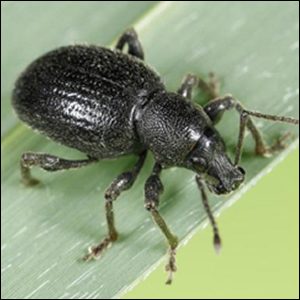

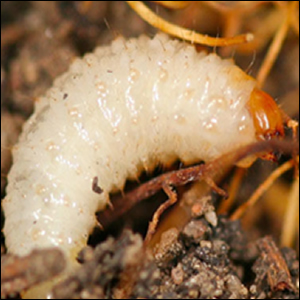
May
- Trees that have started growing can now be trained.
- Feeding is very important now.
- Watering, unless the weather is very wet, is a daily must, at the very least checking to see if the soil is damp.
- Infestations of blackfly, greenfly and whitefly are frequent, especially if it is a moist, damp spring, so be ready with your bug gun.
- Watch your azaleas: they will be flowering soon. Do not cut off growth or you may destroy this year’s flowers.
- Bonsai trees in full bloom are a spectacular sight. In general flowering species are treated and styled using the same techniques as for other bonsai tree species, but they need the right amount of sunlight, should not be pruned until after blooming and need low nitrogen fertilizer applied as well.
